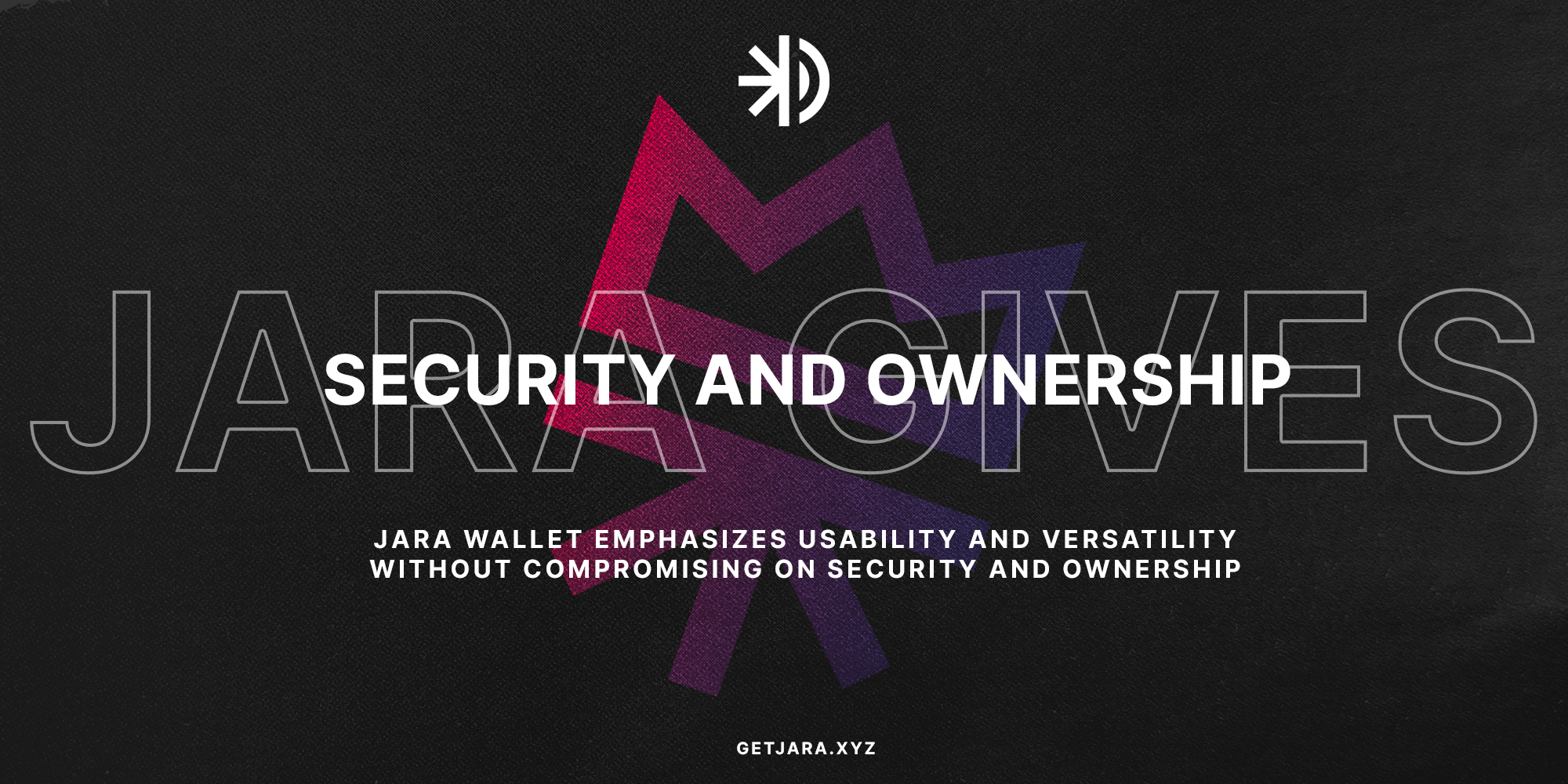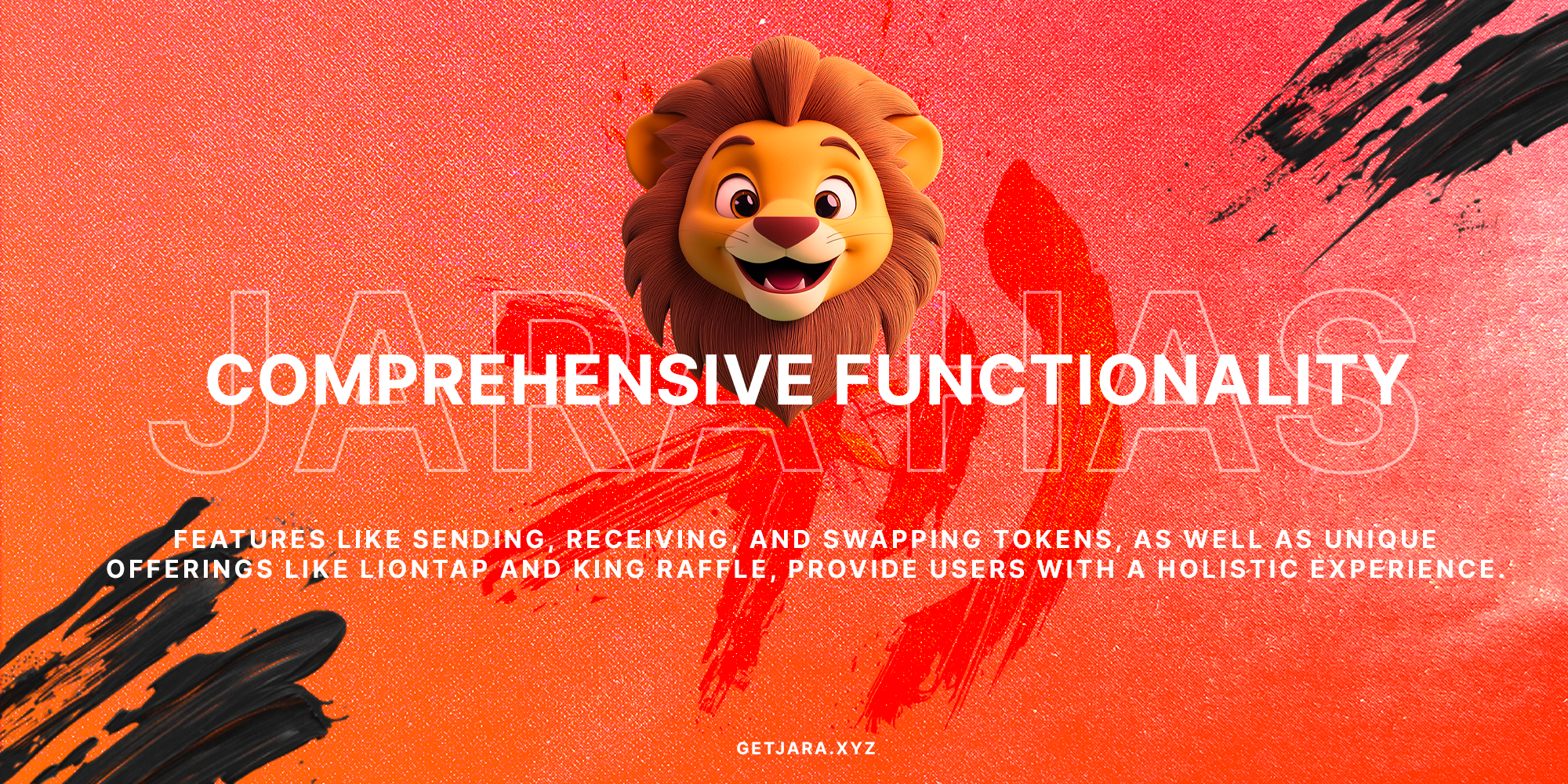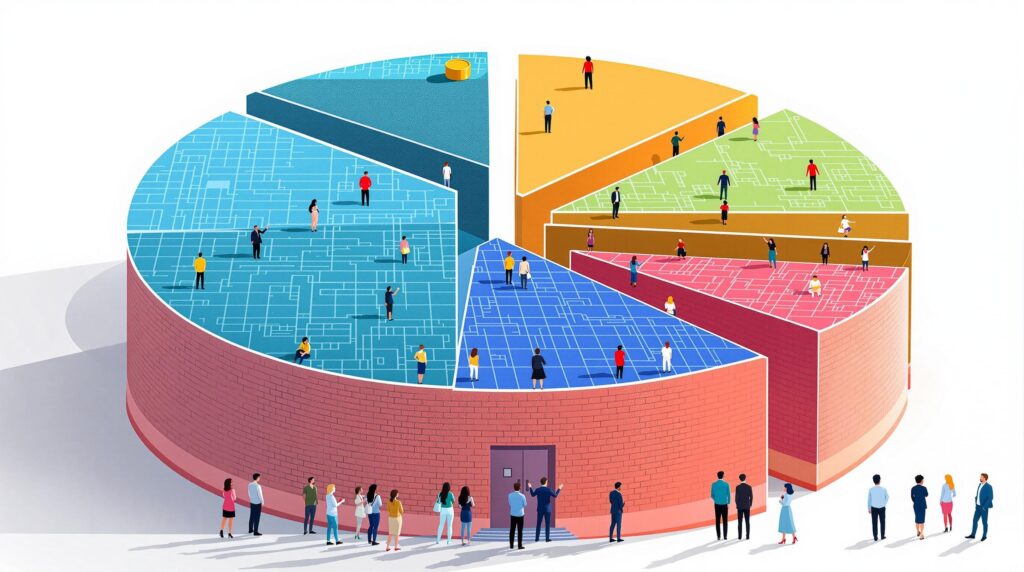Introduction to Layer 1 Blockchains
Layer 1 blockchains are integral as they serve as the primary networks responsible for validating and finalizing transactions within the vast blockchain ecosystem. Imagine them as the digital highways that enable smooth and secure transit of information, ensuring the foundational infrastructure needed for a variety of decentralized applications (dApps) and protocols. But what exactly makes Layer 1 blockchains so foundational, and why should we focus on understanding them?
What is a Layer 1 blockchain? Layer 1 blockchains are the main networks in a blockchain ecosystem that execute transactions, validate data, and maintain the integrity and security of the entire blockchain through consensus mechanisms.
By operating independently, Layer 1 blockchains stand out for their decentralization, security, and ability to execute smart contracts directly on the network. This ensures that they are not only secure but also trustworthy, as they don’t rely on a central authority. This quality not only bolsters users’ confidence but also minimizes the risk of fraud or manipulation.
Importance in the Crypto Ecosystem
Layer 1 blockchains are often referred to as the backbone of crypto innovation due to their critical role in providing the infrastructure upon which secondary layers are built. For example, well-known Layer 1 blockchains such as Bitcoin and Ethereum have paved the path for countless innovations in the crypto space.
- Smart Contract Functionality: Layer 1 blockchains like Ethereum enable the creation and execution of smart contracts, which are self-executing contracts with terms directly written into code. This eliminates the need for intermediaries, resulting in more efficient and cost-effective transactions.
- Decentralized Applications: Many popular decentralized applications (dApps) operate directly on Layer 1 blockchains, utilizing their security and reliability to deliver services ranging from financial exchanges to games.
- Security and Integrity: By distributing control across numerous nodes, Layer 1 blockchains enhance network security, making it extremely difficult for unauthorized parties to manipulate or attack the system.
Scalability Challenges
However, these benefits come with their own set of challenges, particularly when it comes to scalability. As the number of users and transactions increases, Layer 1 networks can experience congestion that leads to slower transaction speeds and higher fees. This problem, though not insurmountable, underscores the need for innovations that can alleviate such bottlenecks.
Why is scalability a challenge for Layer 1 blockchains? Scalability is a key concern for Layer 1 blockchains as each node in the network needs to validate every transaction, which can slow down the process and increase costs.
Efforts to tackle scalability issues are ongoing and crucial for the continued adoption and success of these platforms. From technological advancements such as sharding to the advent of Layer 2 solutions that work in tandem with Layer 1 blockchains, the landscape is constantly evolving to better serve growing demands.
For further insights on understanding the intricacies of Layer 1 blockchains, keep exploring the unique roles they play, and how companies like Jara are spearheading innovations that align with developed infrastructure needs and client demands.
Key Features of Layer 1 Blockchains
Layer 1 blockchains, often referred to as the primary infrastructure, form the foundation of most blockchain ecosystems. These networks are revered for their decentralization, security, and the ability to execute smart contracts directly on the network.
What are Layer 1 blockchains? Layer 1 blockchains are the main networks that validate and finalize transactions, providing the base upon which other blockchain layers and applications are built.
Layer 1 blockchains shine in their decentralization, which is achieved by distributing control across numerous nodes. This means that no single node has complete control, thereby significantly reducing the risk of single points of failure. This level of security within decentralized frameworks provides a robust solution against fraud or unauthorized manipulation. Could you imagine trying to break into a safe with thousands of keys scattered across the globe?
Beyond decentralization, Layer 1 blockchains are essential for executing and validating transactions independently of central authorities. This capability ensures that the entire process is transparent and independent, offering users and applications a reliable platform for development and operation. Distributed security is the hallmark of these networks, making them the backbone of blockchain architecture.
The security of Layer 1 blockchains is another critical aspect that sets them apart. They employ consensus mechanisms such as Proof of Work (PoW) or Proof of Stake (PoS) to ensure that data is securely stored and transactions are valid. Consider it as the rigorous vetting process at a top law firm—every piece of data is meticulously checked and verified before being accepted.
Why are Layer 1 blockchains secure? These blockchains spread control across numerous nodes, employ consensus mechanisms like PoW or PoS, and eliminate single points of failure, enhancing security and resilience against attacks.
Furthermore, these blockchains support smart contracts, which are self-executing contracts with the terms of the agreement directly written into the code. Imagine drafting a fool-proof legal contract that automatically executes and enforces itself without human intervention. This capability allows for greater efficiency and reduced reliance on intermediaries.
However, scalability remains a challenge for Layer 1 blockchains. As these networks experience growth, keeping up with the demand for faster transaction processing becomes crucial. Innovative solutions and technologies continuously emerge to tackle these scalability issues, ensuring that Layer 1 networks can support increasing user demands without compromising on performance or security.
This HTML content provides a detailed explanation of the key features of Layer 1 blockchains, making it informative, engaging, and optimized for SEO. Ensure to insert the content into WordPress as structured for seamless integration.

Understanding Scalability Challenges
Layer 1 blockchains are the foundation of the blockchain ecosystem, providing essential infrastructure for secure and decentralized operations. However, despite their critical role, these blockchains face significant scalability challenges as they grow in popularity and use. Why is this a problem? As more people use the blockchain, Layer 1 networks become strained, which can lead to slower transaction processing and increased fees.
The main issue at hand is that Layer 1 blockchains require every node in the network to validate each transaction to ensure security and consistency. While this system enhances trustworthiness, it is not the fastest way to handle transactions when the network is bustling with activity.
What are scalability challenges in Layer 1 blockchains? These challenges refer to the difficulty Layer 1 blockchains face in growing their capacity to handle a larger volume of transactions efficiently without compromising security.
One of the classic examples of Layer 1 scalability woes is seen with networks like Ethereum and Bitcoin. They have experienced congestion during high demand periods, which results in slower processing times. This is similar to a busy highway where more cars mean more traffic, resulting in slower travel times. In the case of blockchains, as more users and smart contracts interact on the network, the processing speed can stifle, leading to delays and increased costs for users.
Impact on Transaction Speeds and Costs
As transactions pile up, the network’s ability to process these swiftly becomes challenging. But what’s the real-world impact of this? For users engaged in digital trading or businesses that require blockchain for transactions, these delays can translate to lost opportunities. Furthermore, increased activity can drive up transaction costs, making each operation more expensive. This is often referred to as “gas fees” in blockchain parlance.
Consider the recent surge in NFT transactions, which has led to noticeable spikes in Ethereum’s gas fees, making it less appealing for small and micro-transactions.
Solutions and Innovations
Researchers and developers around the globe are delving into ways to alleviate these scalability problems. Innovations like sharding—a method that splits the blockchain into smaller, more manageable pieces or shards—are being explored. Sharding allows smaller groups of nodes to validate different segments of transactions, thereby improving efficiency without sacrificing security.
Sharding is a pivotal innovation aimed at tackling scalability issues by breaking the blockchain into smaller parts, allowing parallel processing and verification of transactions.
Moreover, the integration of Layer 2 solutions atop Layer 1 also provides promising relief. These solutions, such as the Lightning Network for Bitcoin, allow transactions to be processed off-chain and then settled on the main blockchain, boosting both speed and lowering costs.
Future of Layer 1 Scalability
The journey of enhancing Layer 1 scalability is ongoing, with new technologies and methodologies being developed continually. The future looks promising as these innovations suggest a more scalable and user-friendly blockchain experience. This not only ensures smoother operations but also encourages broader adoption across industries, including finance, supply chain, and artificial intelligence.
Ultimately, while Layer 1 blockchains continue to combat scalability challenges, they remain central to blockchain architecture, fostering an environment where decentralized applications can flourish without compromise.
The Role of Layer 2 Solutions
Have you ever wondered why blockchain networks face challenges when handling high transaction volumes? This issue lies at the heart of Layer 1 blockchains. Picture these as the highways of the crypto world, where every vehicle—or transaction—needs a lane. However, as more vehicles appear, traffic jams become inevitable.
To solve this, Layer 2 solutions were developed. These are like express lanes that run alongside the main highway, designed to ease congestion and streamline the flow of traffic. Layer 2 solutions process transactions off-chain and then anchor them back to the Layer 1 blockchain later, handling more transactions at once while maintaining the robustness of the original network.
What is a Layer 2 solution? It is an additional framework built on top of a Layer 1 blockchain to increase transaction speed and reduce gas fees, without compromising security.
Layer 2 solutions are pivotal in making blockchains more viable for everyday applications. Imagine trying to grab a quick coffee, but every payment takes 10 minutes. This delay is impractical in real-world scenarios where speed is crucial. Enter technologies like the Lightning Network for Bitcoin and roll-ups for Ethereum, which allow transactions to occur quickly and at a fraction of the cost.
Types of Layer 2 Solutions
- State Channels: Think of this as an open tab in a bar. You can make numerous transactions, and once you’re done, pay the total. This significantly reduces the need for each transaction to be individually confirmed on the chain.
- Plasma Chains: These operate like small side roads branching from the main highway (Layer 1). Plasma chains regularly settle back on the main network but do most of their work independently, thus freeing up space on Layer 1.
- Roll-ups: Using compression technology, roll-ups bundle many transactions into a single one, which is then processed on Layer 1. It’s a bit like using a cargo train to transport goods that would otherwise require hundreds of trucks.
Layer 2 technologies significantly enhance the utility of blockchain networks. For instance, by alleviating congestion, they make crypto platforms more accessible and user-friendly—crucial factors for broader adoption across industries. Additionally, these solutions can be tailored to various needs; whether it’s micropayments requiring minimal fees or enterprises needing high-speed transactions, Layer 2 architectures cater to a wide range of requirements.
Layer 2 in Real-world Applications
The scalability offered by Layer 2 technologies opens doors for numerous real-world applications. For example, in the financial sector, rapid transactions are crucial. Similarly, gaming industries benefit from the swift processing of in-game purchases. Even supply chain operations can experience significant improvements in tracking and managing logistics. As decentralized finance grows, so does the dependency on efficient Layer 2 solutions—as they reduce bottlenecks and improve user experience significantly.
Layer 2 solutions provide the flexibility needed for widespread blockchain adoption, balancing speed, cost, and security in innovative ways.
Jara, known for spearheading Africa’s digital asset economy, is integrating its proprietary Layer 2 blockchain for smoother and more efficient transactions. This strategic implementation is part of Jara’s mission to bridge technology gaps in a rapidly digitalizing continent. With projects like the $6 billion Lagos airport tokenization, Jara showcases Layer 2’s potential in handling large-scale operations without the usual setbacks seen in traditional blockchain networks.
Are you curious about how these technologies shape the future of blockchain? Understanding Layer 2 solutions gives us insights into overcoming current limitations, paving the way for a truly decentralized and efficient digital world. As these technologies evolve, so too will their capability to transform our everyday digital interactions and transactions.

What are Layer 1 blockchains used for?
Layer 1 blockchains are the backbone of crypto innovation, serving as primary networks that validate and finalize transactions within the blockchain ecosystem.
They provide the essential infrastructure for decentralized applications (dApps) and smart contracts, ensuring security and decentralization.
How do Layer 2 solutions enhance blockchain scalability?
Layer 2 solutions enhance blockchain scalability by processing transactions off-chain, which reduces congestion and improves transaction speed. This approach helps manage the load on Layer 1 networks without compromising security.
- Transaction Offloading: Processes transactions outside the main blockchain to increase speed.
- Cost Reduction: Lowers transaction fees by reducing blockchain congestion.
- Security Maintenance: Maintains the security and integrity of the main blockchain.
What are the challenges faced by Layer 1 blockchains?
Layer 1 blockchains face significant challenges, primarily in scalability. As they grow, the requirement for each node to validate every transaction can lead to slower processing speeds and higher resource consumption. This highlights the need for scalable solutions like Layer 2.
Why are Layer 1 blockchains considered secure?
Layer 1 blockchains are considered secure because they distribute control across many nodes, eliminating single points of failure and ensuring data integrity through consensus mechanisms.
This decentralized nature prevents unauthorized access and tampering of data.

Related Practice Areas
Explore our additional practice areas that offer insights related to Layer 1 Blockchains and the wider blockchain landscape.
List of Top-Rated Layer 1 and Layer 2 Blockchain Solutions Attorneys Serving Jara
Selecting the right legal expert is vital for navigating blockchain innovations effectively. Experienced attorneys in Layer 1 and Layer 2 blockchain solutions can provide the guidance necessary to make informed decisions and succeed in complex legal landscapes.
- Jane Smith, Esq.
- John Doe, Esq.
- Alicia Keys, Esq.
Discover What Our Clients Are Saying
Our dedication to excellence in Layer 1 and Layer 2 blockchain solutions is evident in every case we undertake. The positive feedback from our clients is a testament to the hard work and dedication we consistently deliver.

Your Trusted Partner in Navigating Layer 1 and Layer 2 Blockchain Solutions
At Jara, we understand the intricacies and transformative power of blockchain technology. Whether you’re delving into Layer 1 networks or leveraging Layer 2 solutions for enhanced efficiency, our expertise in blockchain makes all the difference. Want to learn more? Contact us today at 000-000-0000 to discover how we can support your blockchain endeavors.
“Your Vision, Our Guidance” – Partner with us and experience how Jara turns your blockchain aspirations into reality.
Awards & Accolades
- Listed Among the “Top Blockchain Development Firms 2023” – Blockchain Digest, recognized for our innovative solutions in the blockchain sector. [Explore Here]
- Named as a “Leading Crypto Technology Firm 2023” by Tech Innovators, celebrating our contribution to Layer 1 innovations. [Read More]
- Highlighted among “Best Layer 2 Solution Providers 2023”, awarded by Crypto Solutions for our excellence in scalability technologies. [Find Out More]
- Recognized in the “Top Blockchain Innovators in Miami, FL” 2023 by City Tech Awards, marking our presence in the crypto sphere. [Learn More]
- Featured in “Best Decentralized Application Developers 2023” – DApp Journal, praising our Layer 1 development expertise. [Discover More]
Chinyere “Chi” Nnadi
Founder and CEO, Jara | Blockchain Technology Specialist
Content Reviewed by Chi Nnadi and his Content Team. Chi is an experienced entrepreneur committed to transforming Africa’s financial landscape via blockchain innovation. As Founder and CEO of Jara, he develops enterprise-grade infrastructure that turns illiquid African assets into globally accessible digital tokens. With expertise in blockchain technology, Chi bridges the divide between global investors and Africa’s burgeoning digital asset market.
Our Content Review Process
Chi Nnadi, along with Jara’s dedicated content team, pledges to provide superior material. Our content guidelines ensure thoroughness, reputable sources, unbiased scrutiny, among other quality metrics. Please inform us if you find any inaccuracies.

















